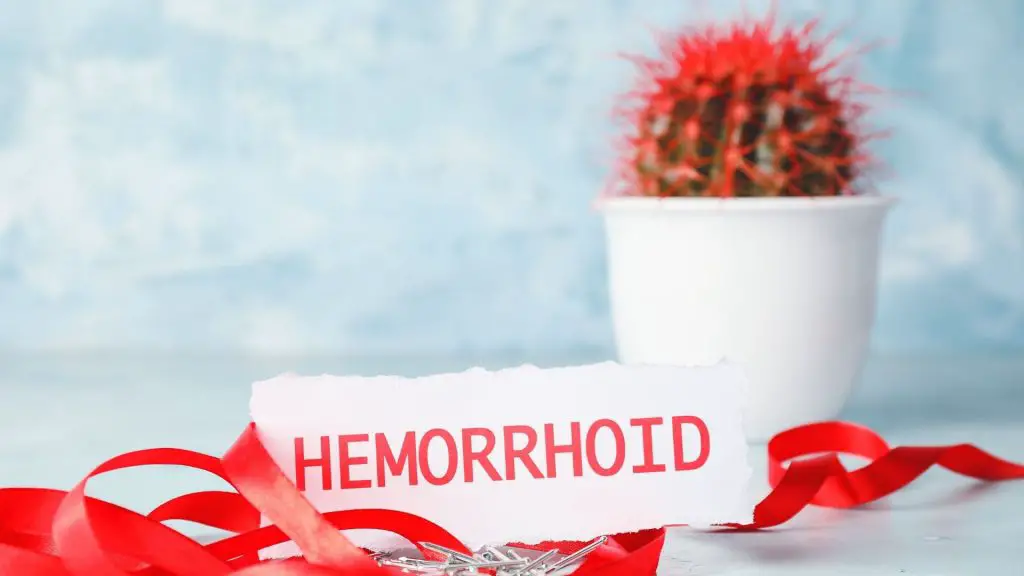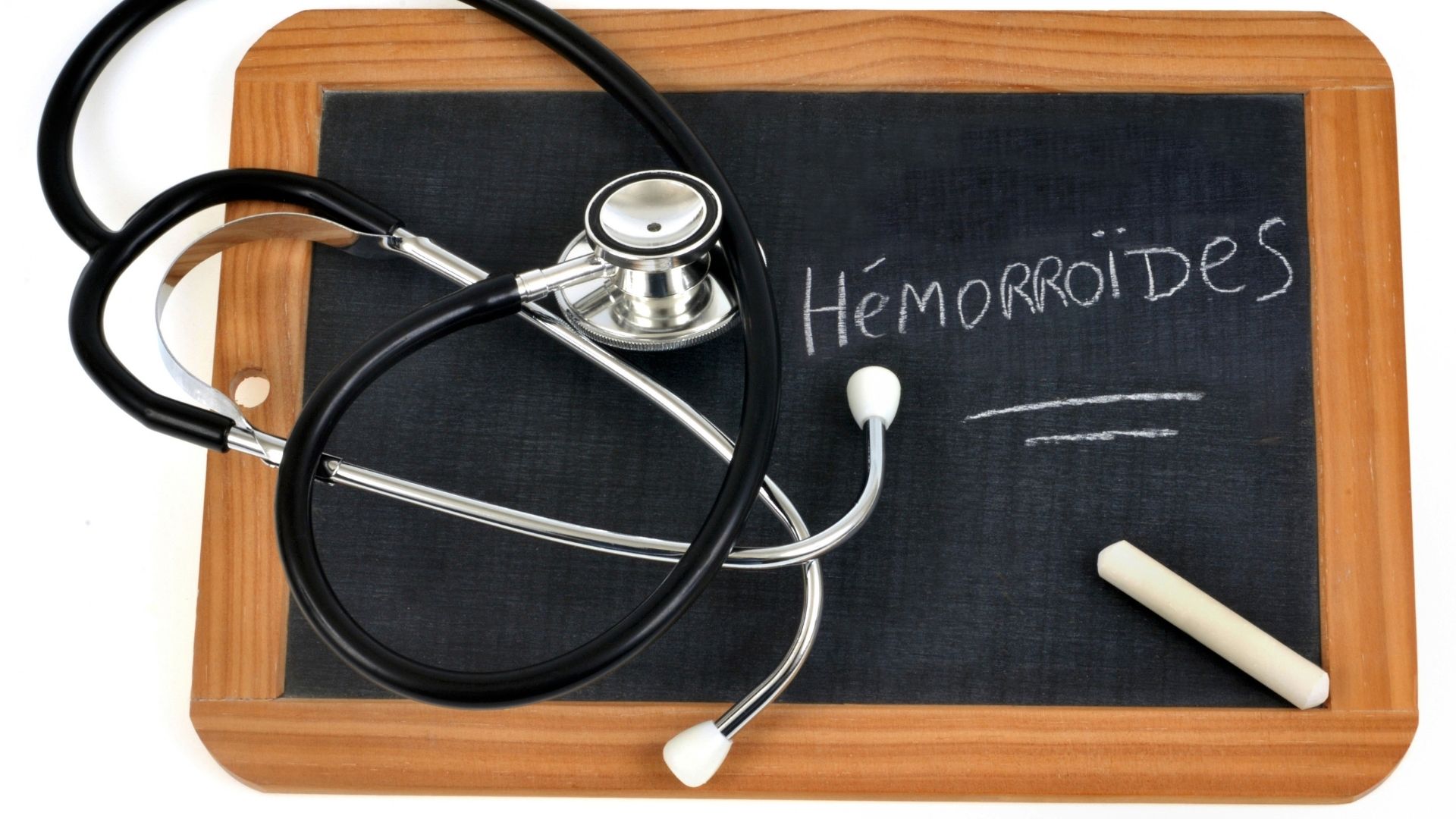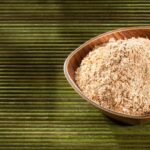Hemorrhoidal symptoms come in a variaty of ways and degree of severity. However, it must be said that the intensity of the symptoms is not related to the degree of clinical classification of the haemorrhoidal pathology. In fact, bulky hemorrhoids can be not very symptomatic while small hemorrhoids can be responsible for important symptoms.
Haemorrhoids symptoms: Bleeding
It is the most important and frequent Haemorrhoids symptoms and, as we have seen, it is precisely to this that hemorrhoids owe their name (aima-reo). Generally the bleeding is bright red, not mixed with the stool and drips after defecation.
When the sphincter contraction prevents it from escaping, it remains for some time in the rectal ampoule and then, when it is eliminated, it is dark in color. The extent of blood loss ranges from a few traces of blood on toilet paper to a major bleeding that in some cases promotes the onset of defecation when blood has collected in large quantities in the ampoule.
In some cases, chronic losses cause even severe anemia and force the use of preoperative blood transfusions where only surgery can put an end to bleeding that has become irremediable.

Haemorrhoids symptoms: Prolapse
When hemorrhoidal prolapse is 4th degree it is associated with mucosal prolapse and this indicates a more advanced stage of the disease. It is a condition linked to a pathological weakness of the supporting tissue.
Its severity can be assessed by specifying the times and duration of the prolapse and, as we have seen, the distinction into four degrees of haemorrhoidal pathology is made precisely taking into account the characteristics of the prolapse (volume, position, reducibility). Finally, it is necessary to distinguish prolapse from anal swelling.


Haemorrhoids symptoms: Ache
It is often absent. When this is stinging, burning, constricting, more or less intense but always simultaneous with defecation, it must make us think of the complications of the haemorrhoidal pathology: a cryptitis, a papillitis, a hemorrhoidal thrombosis, an anal abscess that arose spontaneously or after a sclerosing treatment.
More often the subjective symptom linked to the hemorrhoidal pathology is that of:
- Sense of weight
- Nuisance
- Swelling of the perineum
- Sense of anal fullness
- Desire to defecate
- Burning or tingling
In some cases the haemorrhoidal prolapse, the persistence of haemorrhoids symptoms and the discomfort of bleeding can take on dimensions that are disproportionate to the severity of the disease, conditioning the psyche of the individual also in relation to the cultural and social substrate from which it comes.

Mucous discharge
They are a fairly common haemorrhoids symptoms, and happen when the haemorrhoidal pathology has assumed significant dimensions with persistent or frequent prolapse.
If these losses are abundant, they can cause skin and mucosal irritation. This situation is also aggravated by a certain degree of incontinence, with fecal discharge, which accompanies the bulky prolapses. These in fact condition the leakage of the sensitive component of the mucosa which is compromised by allowing the loss of faeces with the passage of air and after defecation.
The presence of mucus and faeces on the skin causes maceration and itching, with difficulty in ensuring anal hygiene. This condition is capable of triggering a vicious circle with the formation of dermatitis and perianal infections.







